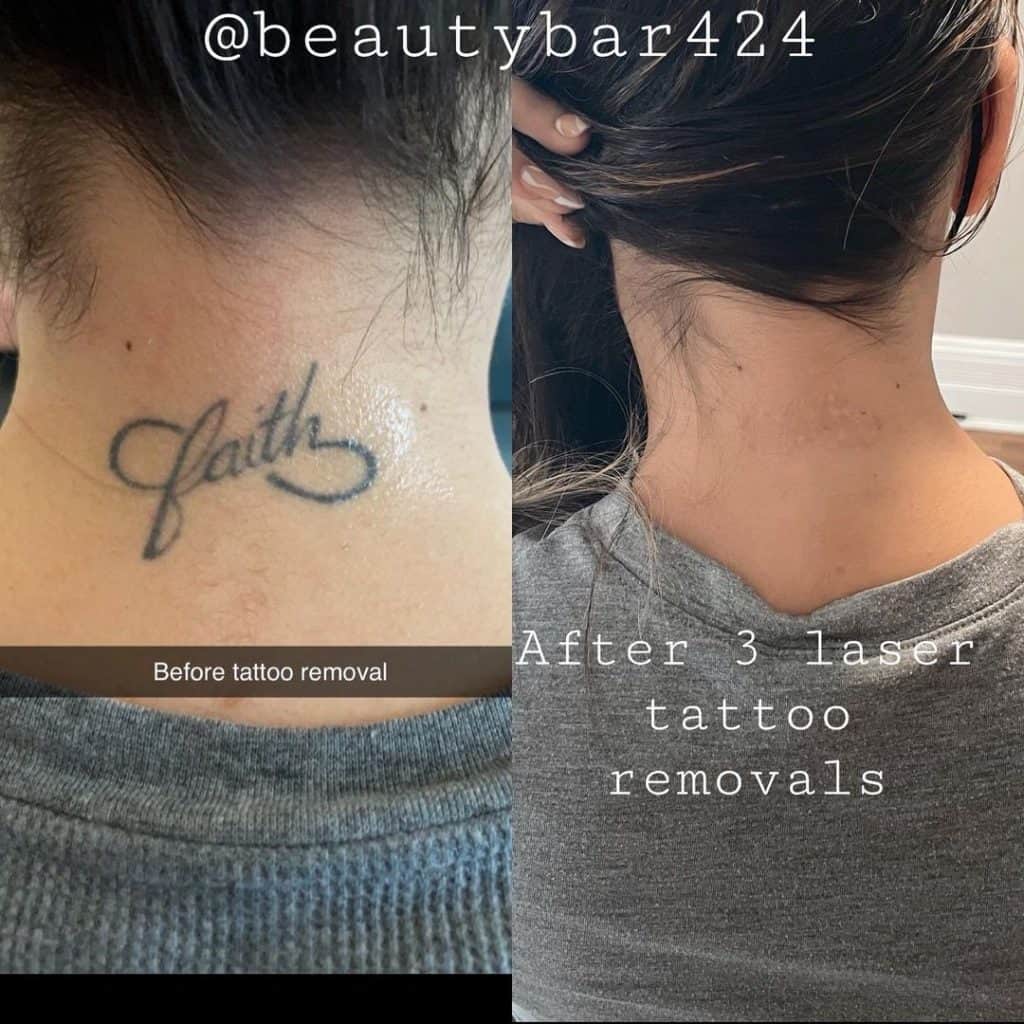
Okay, let’s dive into this topic that’s probably been swirling in your head.
You’ve got a scar on your hand, and you’re wondering, "Can I even get a tattoo over this thing?"
More importantly, "Are there any safe ways to tattoo over scars on my hand?"
I get it. Scars can be reminders of stuff we’d rather forget.
A tattoo could be a way to reclaim that space, turn something negative into something beautiful.
But safety first, always.
Let’s break it down.
Tattooing Over Scars: The Real Deal
First off, tattooing over a scar isn’t like tattooing on virgin skin.
It’s different.
The tissue is altered.
It can be trickier.
Think of it like painting on a textured wall instead of a smooth one.
Here’s what you need to consider:
- Scar Type: Is it raised? Flat? A keloid? Different scars react differently.
- Scar Age: Older scars (at least a year or two) are usually better candidates. They’ve had time to heal and stabilize.
- Scar Location: Hand tattoos are already a bit more painful and prone to fading because of constant use. Add a scar to the mix, and it gets even more complex.
- Pain Tolerance: Scar tissue can be more sensitive.
- Artist Experience: This is HUGE. You need an artist who specializes in scar cover-ups. Seriously.
Finding the Right Tattoo Artist for Scar Cover-Ups
This isn’t the time to go with your cousin’s friend who tattoos out of their garage.
No offense to your cousin’s friend.
But you need a pro.
Here’s how to find them:
- Portfolio Review: Look at their online portfolio. Do they have multiple examples of successful scar cover-ups?
- Consultation is Key: Schedule a consultation. Talk about your scar, your ideas, and their approach. A good artist will be honest about what’s possible and what’s not.
- Ask Questions: Don’t be afraid to grill them. Ask about their experience, the inks they use, and their sterilization practices.
- Gut Feeling: Trust your intuition. Do you feel comfortable and confident in their abilities?
My friend Sarah had a burn scar on her arm. She went to three different artists before finding one she truly trusted. The result? A stunning floral piece that completely transformed her confidence.
Safe Tattooing Over Scars on Your Hand: The Process
Okay, you’ve found the artist. Now what?
Here’s what you can expect:
- Assessment: The artist will thoroughly examine your scar.
- Design Discussion: They’ll work with you to create a design that effectively covers the scar and complements its shape and texture.
- Test Spot (Maybe): Some artists might do a small test spot to see how your skin reacts to the ink.
- Patience: Scar tissue can be unpredictable. The tattooing process might take longer, and you might need more touch-ups.
- Aftercare is Crucial: Follow your artist’s aftercare instructions religiously. This will help prevent infection and promote proper healing.
Potential Risks of Tattooing Over Scars
Let’s be real, there are risks.
- Infection: Always a risk with any tattoo, but potentially higher with scar tissue.
- Blowouts: Ink can spread unevenly under scar tissue.
- Keloid Formation: If you’re prone to keloids, tattooing over a scar could trigger another one.
- Uneven Healing: The tattoo might not heal evenly due to the altered skin structure.
- Disappointment: The final result might not be exactly what you envisioned. Manage your expectations.
Scar Tissue and Tattoo Ink: What to Expect
Scar tissue doesn’t always take ink the same way as regular skin.
Sometimes, the ink fades faster.
Other times, it can bleed or blur.
That’s why the artist’s experience is so critical.
They need to know how to adjust their technique to account for the unique characteristics of scar tissue.
Are there other options instead of tattooing?
Yes, there are alternatives!
- Scar Revision Surgery: Surgical procedures can reduce the appearance of scars.
- Laser Treatments: Laser therapy can help to smooth and fade scars.
- Topical Creams: Certain creams can improve the texture and color of scars over time.
FAQ: Tattooing Over Scars on Your Hand
- Does it hurt more to tattoo over a scar? Potentially, yes. Scar tissue can be more sensitive.
- How long should I wait after an injury before getting a tattoo over the scar? At least a year, preferably two.
- Can any scar be tattooed over? No. Keloid scars and very fresh scars are generally not good candidates.
- Will the tattoo completely hide the scar? It depends on the scar and the design. It might minimize its appearance, but it might not completely erase it.
- How much does it cost to tattoo over a scar? It varies depending on the size, complexity, and artist’s rates. Expect to pay more than a regular tattoo.
Final Thoughts
Getting a tattoo over a scar on your hand can be a transformative experience.
It can help you feel more confident and reclaim your body.
But it’s essential to approach it with caution, do your research, and find a skilled and experienced artist.
Remember, safety and realistic expectations are key.
So, are there safe ways to tattoo over scars on your hand? Absolutely, but it takes careful planning, a skilled artist, and a healthy dose of realism.








